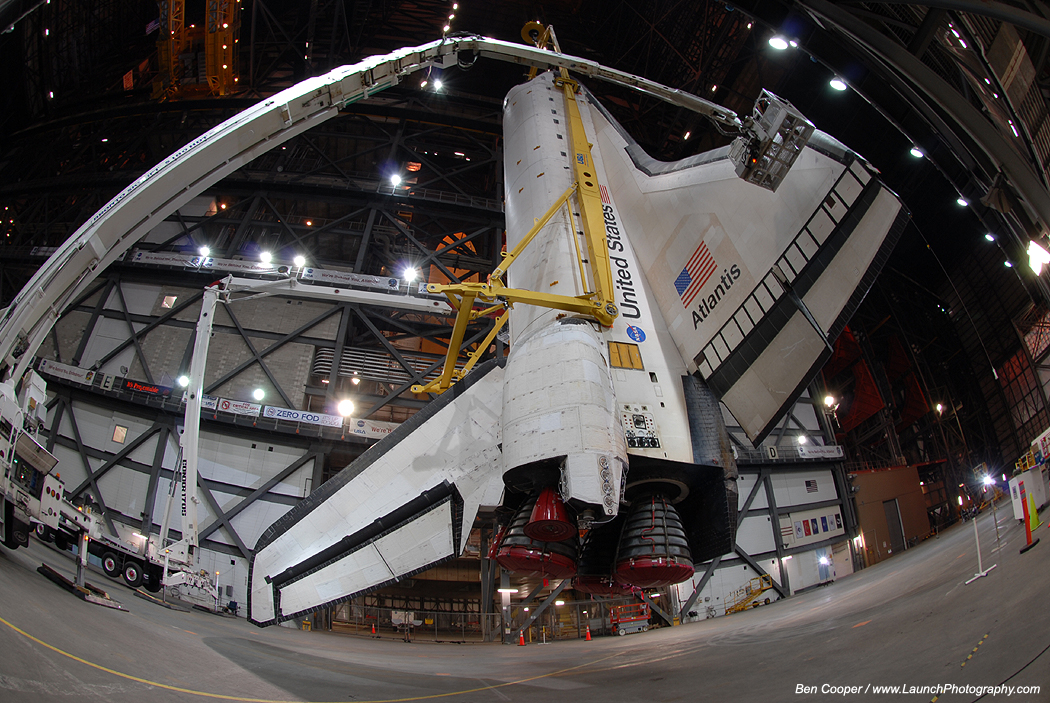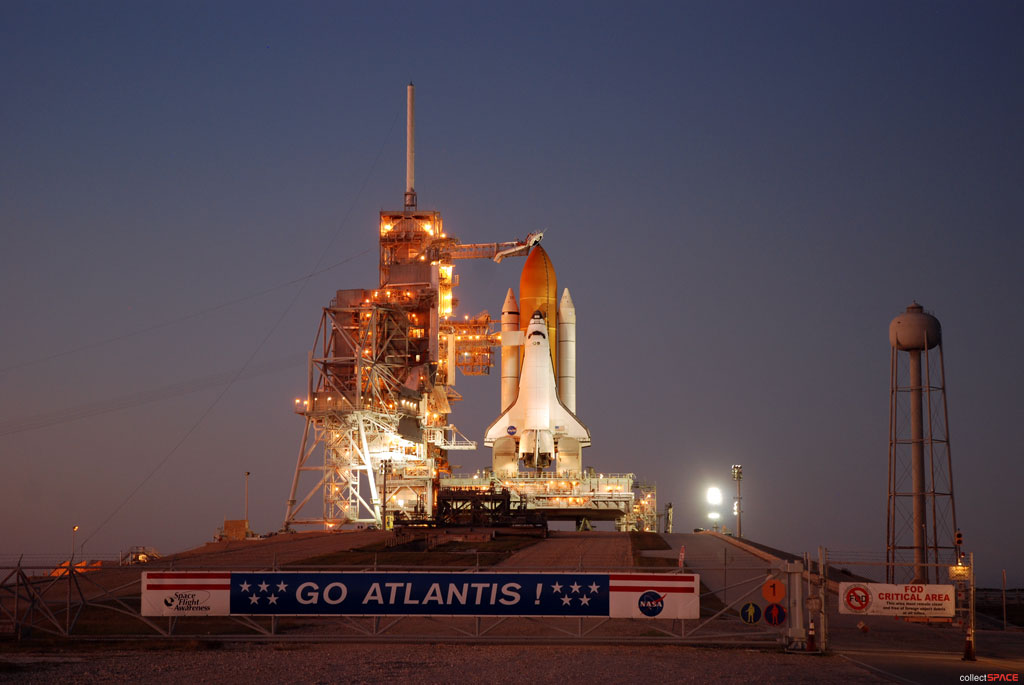

As reported yesterday, the Orion spacecraft is aiming for a manned flight in 2016, but unless NASA selects a plan for a heavy-lift booster in a hurry and somehow picks a contractor who can test and build it in less than five years, that deadline is well-nigh impossible.

Still, it would be nice if NASA and its contractors would get their schedules and their talking points straight. (See a history of the space program in pictures.) Like Aaron, she is in a position not a lot of people would envy. Her job is a challenging one herding the cats of tight budgets, a recalcitrant Congress and a public that is more interested in knowing when American ships will be flying again than considering the details of how that would be done. NASA deputy administrator Lori Garver was working the crowd this morning talking up that idea. NASA officials insist that those good times are coming again soon, and both the Orion deep-space vehicle and the low-Earth-orbit private boosters now being planned will make them a reality. Far too many of the shuttle's 134 previous launches were listlessly reported affairs the saturation of coverage today was a reminder of the era when every spaceflight was a national event. At the moment, the mood at the cape is giddy. The 12 days the crew will spend in orbit will be busy ones: a docking with the International Space Station, followed by cargo transfer, equipment repair and installation and a spacewalk by Mike Fossum and Ron Garan, two astronauts already aboard the space station.īut that's all for later. The crew commander Chris Ferguson, pilot Doug Hurley, mission specialist Sandra Magnus and mission specialist Rex Walheim are all shuttle veterans, with a collective seven previous flights among them. Mood and Meaning at the Final Shuttle Launch Fortunately, the July 8 clouds yielded no rain, and the mission was a go.
#ATLANTIS LIFTOFF HOW TO#
John Aaron, the 20-something flight controller who figured out how to do that tricky piece of computer fiddling, became a NASA legend that day and forever after went by the sobriquet "steely-eyed missile man." There's not a controller alive who wouldn't like that kind of recognition and not a controller alive who would want to be put in the position in which Aaron was placed in order to earn it. The entire guidance platform its multiple-gyro orientation system was wiped clean and had to be reprogrammed in Earth orbit before the ship could head to the moon. The Saturn 5 booster that carried that mission launched into threatening skies and was struck by lightning before the tip of the rocket even pierced the cloud bank. The agency's reluctance to launch into rain clouds is a result of a near disaster 42 years ago when Apollo 12 took off. The odds of that liftoff actually taking place as scheduled were not considered very good just 30%, according to an official NASA estimate that hadn't changed in the previous 24 hours. (See pictures of the successful Atlantis liftoff.) But the data cleared up, the arm worked fine, the clock resumed, and the ship launched. E.T., after a heart-stopping hold at T-minus-31 sec., when the data sent back from the retractable arm that holds the "beanie cap" covering the tip of the external tank suggested the arm might be stuck. Despite a persistent cloud cover that parked itself directly over Cape Canaveral early in the morning, the shuttle Atlantis lit its engines at 11:29 and 3.9 sec. crowded the space coast to watch the final liftoff of the final space shuttle, 30 years after the first one flew.

Follow drive across the NASA causeway from Titusville, Fla., to the Kennedy Space Center was nasty business Friday morning, July 8, as an estimated 1 million people from across the U.S.


 0 kommentar(er)
0 kommentar(er)
